Quote of the Day
“I am not a product of my circumstances. I am a product of my decisions.” Stephen Covey – Author (1932 -2012)
Schooling vs Education – The Truth Behind The Education System
Joy Of Living
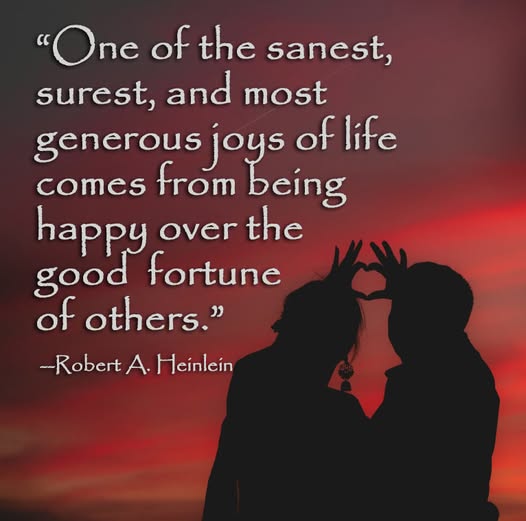
Indiana Jones and the Kingdom of the Crystal Skull
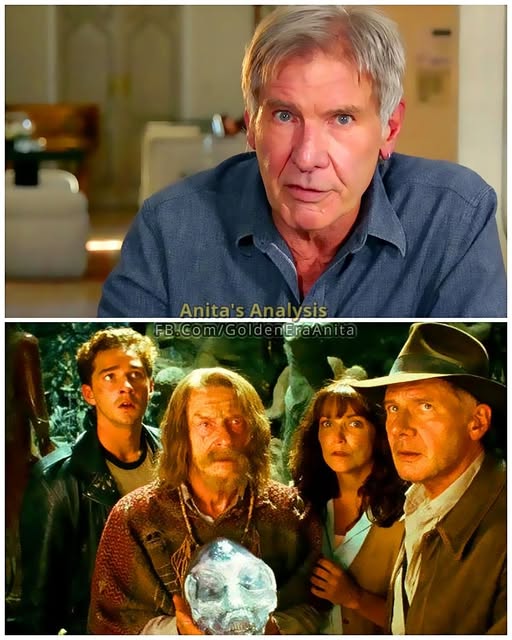
Dr. Howard Kelly
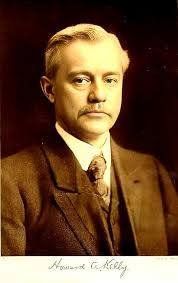
To survive and pay for school, he walked from house to house selling small goods.
One day, starving and with not a single cent in his pocket, he decided to knock on a door to ask for food.
But when a young woman opened it, her beauty and kindness made him hesitate.
Embarrassed to ask for a meal, he nervously said:
“Could I please have… a glass of water?”
The woman noticed his condition and returned with a large glass of milk.
He drank it slowly, savoring every sip.
“How much do I owe you?” he asked.
She smiled.
“You owe me nothing. My mother taught me never to take payment for kindness.”
Howard thanked her with all his heart.
But her kindness didn’t just fill his stomach it restored his faith in humanity.
Years passed.
The young woman grew up and faced a serious illness that local doctors couldn’t cure.
She was transferred to a major city for treatment. Among the consulting specialists was Dr. Howard Kelly now one of the country’s top physicians and a co-founder of Johns Hopkins Medical School.
When he heard the name of her hometown, his face lit up. He personally visited her hospital room and immediately recognized her.
Yes. It was her the same girl who had once offered him that glass of milk.
The diagnosis was grim. But Dr. Kelly wouldn’t give up.
Driven by memory and gratitude, he dedicated himself to saving her life.
After months of treatment and care, she recovered.
When the hospital sent her the bill, she hesitated. She knew she could never afford it.
But as she unfolded the envelope, something caught her eye at the bottom of the page a handwritten note under the word “Amount due.”
It read:
“Paid in full… with one glass of milk.”
Dr. Howard Kelly
Tears filled her eyes. Her heart overflowed with gratitude.
This is not a fable or a fictional tale.
Dr. Howard Kelly (1858–1943) was a real person a pioneering physician and one of the founding doctors of Johns Hopkins University.
Kindness doesn’t vanish. Sometimes it circles back in the most unexpected, life-saving ways.
Quote of the Day
“Always try to do something for the other fellow and you will be agreeably surprised how things come your way – how many pleasing things are done for you.” Claude M. Bristol – Writer (1891 – 1951)
The Definition of a Spirit
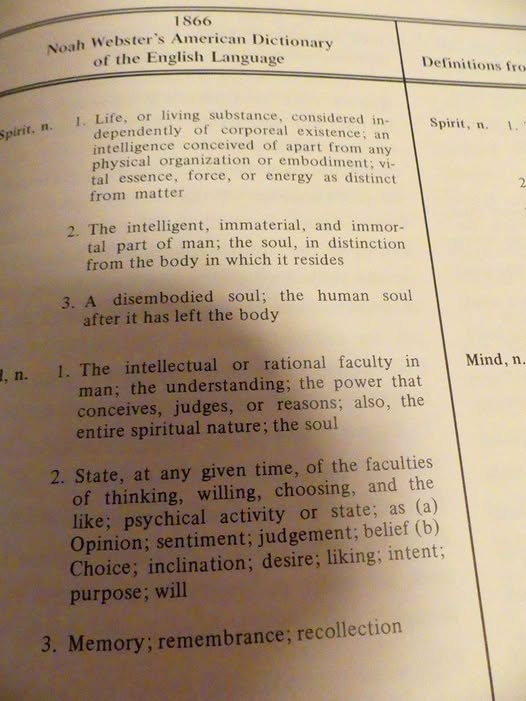
Andrew John Day posted:
Vested interests have been editing and changing meanings in books for eons to suit their agenda. Check the definition of a “Spirit” in 1886 Webster dictionary.
And Thomas Mitchell commented:
Many have been deluded by the Materialist view of Man. A planned agenda is suppression , not just ignorance or fixed ideas. Our subjugation has been ongoing for a long time.
Step Up The Juice
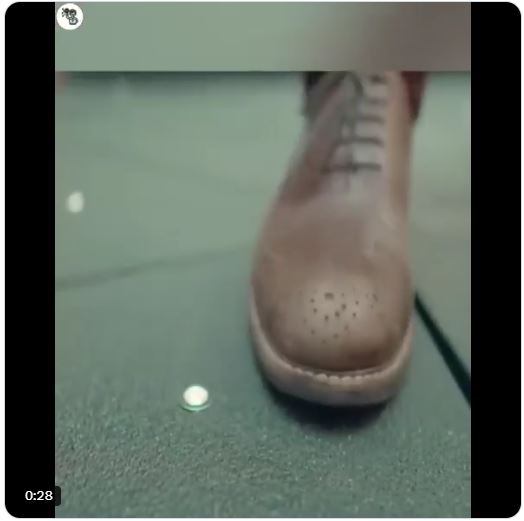
Japan is turning everyday footsteps into clean electricity using piezoelectric floor tiles in busy areas like Shibuya and Tokyo Stations.
Rob Reiner as Vizzini
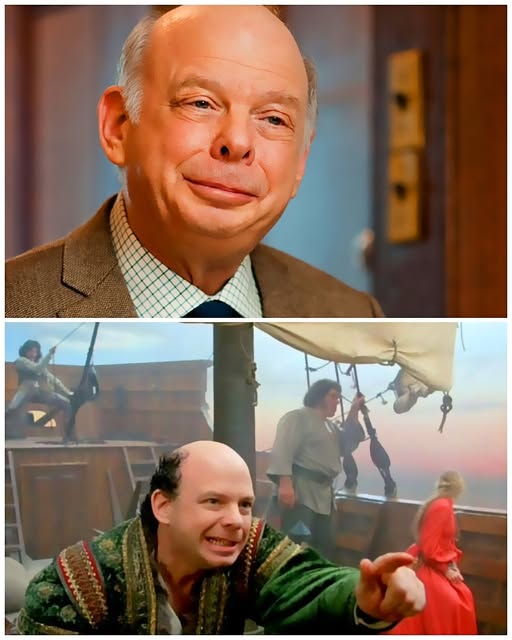
Continue to get up, show up, step up and do your best and sometimes luck will do the rest!

